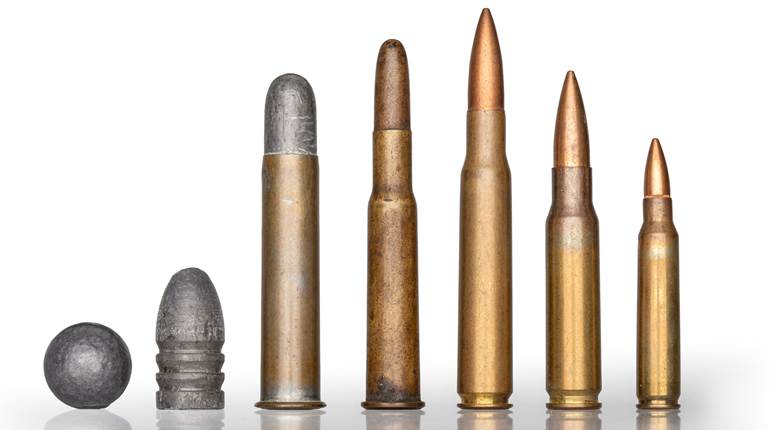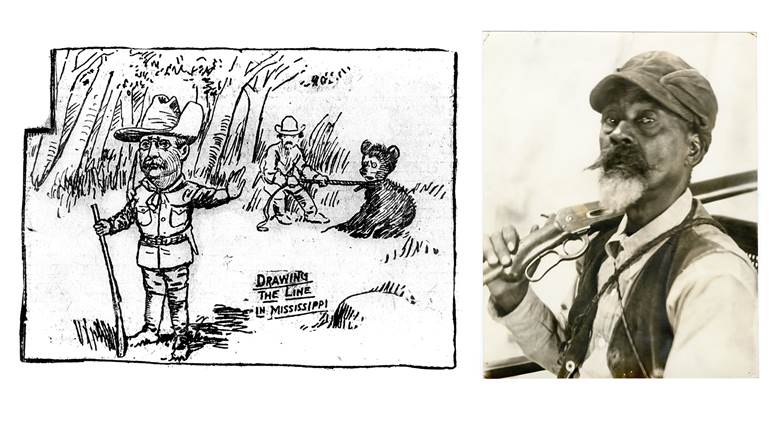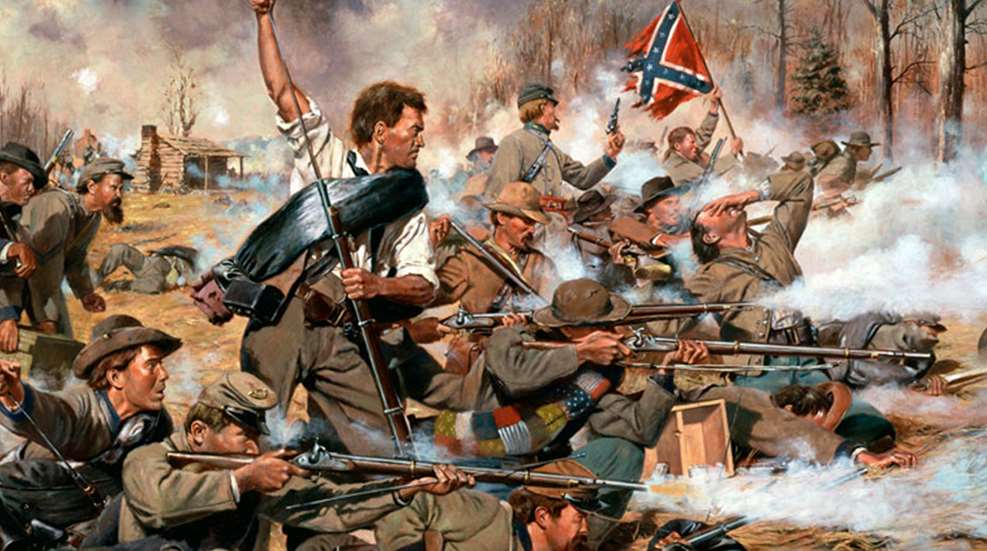
With the opening salvo of the American Civil War, the Confederacy was ill-prepared for the battle that was to come. In 1861, the armaments possessed by the Confederacy were arms confiscated from Federal arsenals now in rebel hands throughout the south. The only avenue open to the Confederate military was the procurement of guns from clandestine dealers in the north; another option was across the Atlantic in Europe. The south would have to depend on these outlets until it geared up its arms manufacturing wherewithal to meet their needs.
Just as with all the southern states, Alabama possessed a state militia that was equipped with antiquated firearms doled out by the U.S. government, years earlier. Something had to be done—and fast. On Dec. 7, 1861, the Alabama legislature pushed through legislation authorizing "An Act to Encourage the Manufacture of Fire Arms and Munitions of War in this State." The bill earmarked $250,000 as development monies for those wishing to produce long guns and pistols for the state of Alabama.
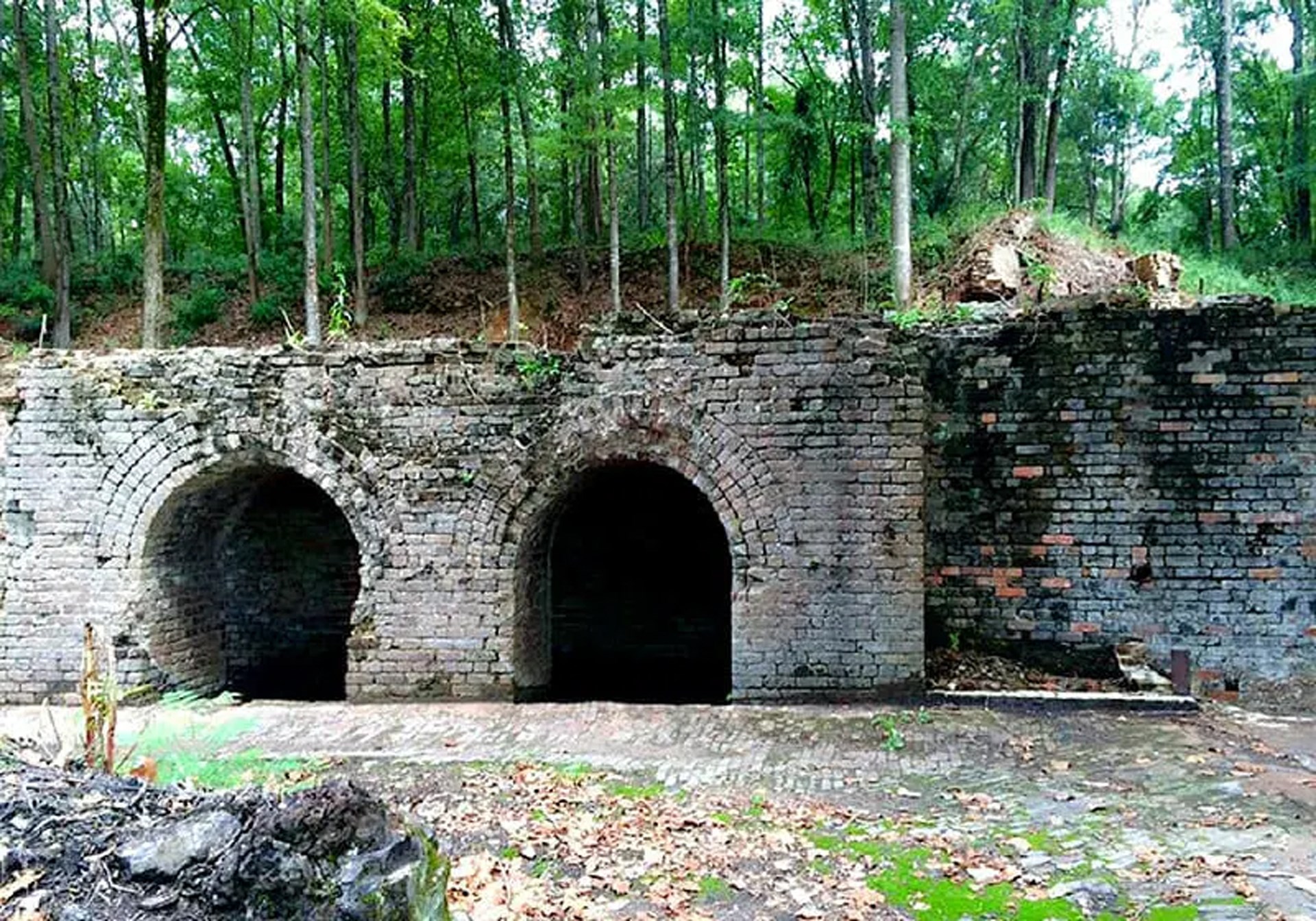 Shelby Iron Works furnaces located in Shelby County, Alabama, provided iron to Dickson, Nelson & Co as well as other gun manufactories. Image courtesy of the Alabama Tourism Department.
Shelby Iron Works furnaces located in Shelby County, Alabama, provided iron to Dickson, Nelson & Co as well as other gun manufactories. Image courtesy of the Alabama Tourism Department.
Alabama's initial contract to produce firearms was with planter William Dickson, Esq., state legislator Owen O. Nelson and Dr. Lewis H. Sadler. All three hailed from northwest Alabama. This seems somewhat odd, as north Alabama was a hot bed of Unionists; but somehow, these three Confederate loyalists managed to maneuver through the political minefield unscathed and heed Alabama’s summons to produce arms. Combining their efforts, the trio established the Shakanoosa Arms Company.
The first manufactory opened its doors in Buzzard Roost, located in Colbert County, Ala. The new arms company received a $7,000 advance from the state of Alabama to produce 5,000 U.S. Model 1841 “Mississippi” type rifles having 33” barrels of .54 caliber and stocks 48” in length. This order also included bayonets. According to records from Oct. 1, 1863 to Nov. 1, 1864, the state of Alabama acknowledged receipt of 645 rifles against the 5,000 for which they contracted. The Alabama contract rifles can be identified where the lock plate forward of the hammer is stamped "DICKSON -NELSON & CO.-C.S." in three lines. To the rear of the hammer, it is stamped "ALA-1864" in two lines.
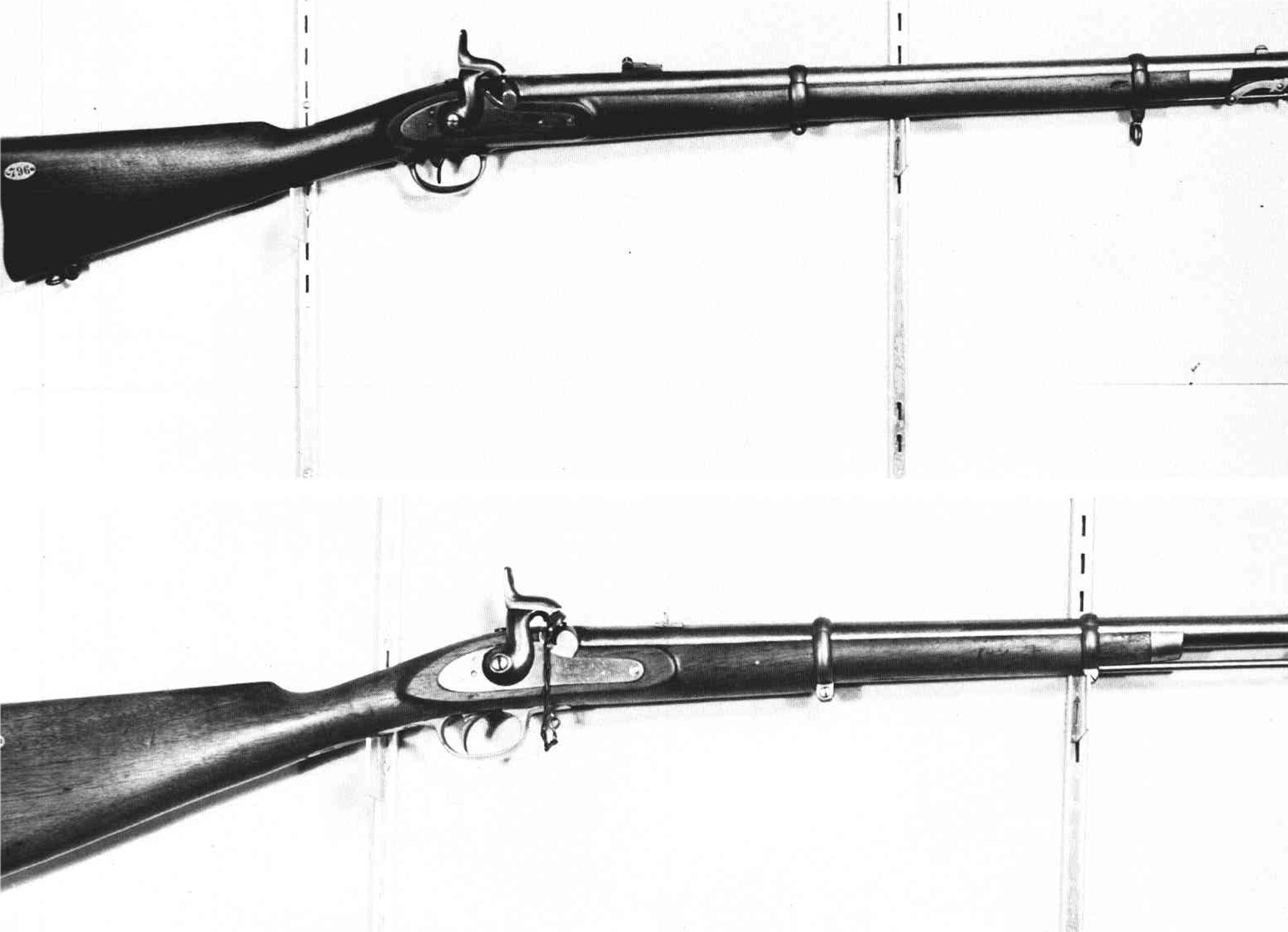 Two Tallassee carbines (above) in the Fuller Collection at the National Military Park, Chickamauga, Ga. Image courtesy of American Society of Arms Collectors Bulletin 32:2-36.
Two Tallassee carbines (above) in the Fuller Collection at the National Military Park, Chickamauga, Ga. Image courtesy of American Society of Arms Collectors Bulletin 32:2-36.
But Shakanoosa Arms would be forced to move operations in the summer of 1862, due to the invading Union troops. The arms manufacturer struck up a trade in Rome, Ga., but not for long, as its new building was razed by fire. This event forced another move, this time to Adairsville, Ga. Along with this move came a name change to Dickson, Nelson & Company. But once again Union troop movement forced them to move.
In August 1863, the armsmakers moved deeper into the south to Macon, Ga. In February 1864, Dickson, Nelson & Company relocated to Dawson, Ga., its last destination. Having to remove operations a number of times, due to the encroachment of Union troops, greatly hampered the company’s manufacturing yield. Dickson, Nelson & Company turned out longarms of the best quality, with a number going to the state of Alabama. Some estimates state that somewhere near 3,500 rifles were turned out during the war, but no documentation survives to back up that number. Most of the surviving specimens are dated 1864 and 1865.
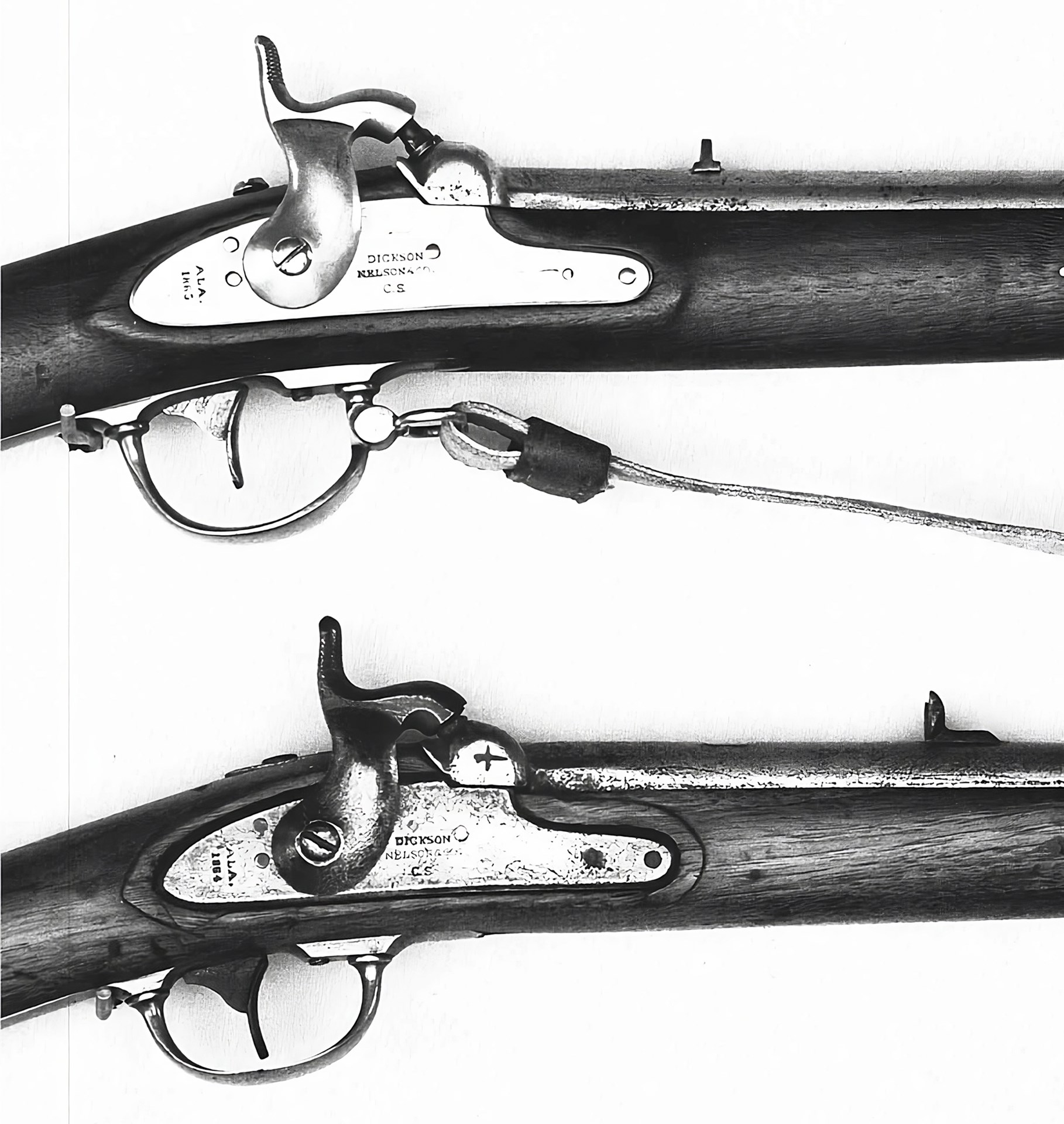 Dickson, Nelson lock plate markings. The top piece is a Dickson, Nelson short rifle whose markings are more distinct. Image courtesy of American Society of Arms Collectors Bulletin 32:2-36.
Dickson, Nelson lock plate markings. The top piece is a Dickson, Nelson short rifle whose markings are more distinct. Image courtesy of American Society of Arms Collectors Bulletin 32:2-36.
The Tallassee carbine is perhaps the scarcest of all Confederate small arms. Except those in museums, fewer than 10 can be accounted for. Sometime during 1863 or 1864, the Confederate government took over the Tallassee gun works, and transferred the gunsmiths and machinery from Richmond, Va. to Tallassee, Ala. The arsenal was located on the west bank of the Tallapoosa River near Montgomery. In 1862, the gun factory was kept busy converting and repairing long arms.
Tallassee gun works began producing .58-cal. carbines that closely resembled the British Enfield pattern 1853 carbine, with a barrel measuring 25”, and an overall length of 40”. Five hundred of these guns were turned out in March and April 1865, too late to see the field of battle. This gun was designated the official carbine of the Confederate States. These can easily be identified: “the lock plate is stamped forward of the hammer, "C.S.-Tallassee-Ala." in three lines, and the date "1864" to the rear of the hammer.” Apparently, the Confederate Government held high hopes for the carbine’s output from this gun works, for the projected number of long guns produced was set at 6,000 per annum.
 The Tallassee Carbine, used by the Confederate army, closely patterned after the British Enfield carbine, was based on the Enfield Pattern 1853 rifle-musket and is among the rarest of all Confederate long arms. Outside of museums, there are less than 10 known. Image courtesy of Wikimedia Commons.
The Tallassee Carbine, used by the Confederate army, closely patterned after the British Enfield carbine, was based on the Enfield Pattern 1853 rifle-musket and is among the rarest of all Confederate long arms. Outside of museums, there are less than 10 known. Image courtesy of Wikimedia Commons.
The move to Tallassee was undertaken, because at the time, Virginia’s arsenal in Richmond was a sitting duck for dogged Union troops. It was for that reason the Confederate superintendent of armories, James A. Burton, travelled to Tallassee, Ala., to look into the option of removing the Richmond Carbine Factory from that city to the safety of Tallassee. That safety would be challenged as Union troops destroyed the Selma Arsenal; the Armory at Tallassee was next on the list. But possibly by sheer chance, the Armory was bypassed.
Christian Kreutner learned his craft as a gunsmith in his homeland of Germany. He emigrated to America and set up his gun smithy in Montgomery, Ala. According to a written testimony penned by his daughter, Katherine, she stated that “his business prospered in Montgomery, and he became known for his excellence in workmanship.” Apparently, Kreutner was a real artisan, as prior to the Civil War, well-to-do members from the planter class purchased Kreutner’s rifles and shotguns.
When the Civil War exploded upon the land, his small gun factory, operated by a number of employees, was already up and running. With his know-how, he was designated a captain of the Confederacy and given the task of heading up the Confederate arsenal. This position continued throughout the war. This position required that he visit encampments in and around Montgomery and gather guns and long arms in need of repair and send them to his manufactory to get them working again.
The refurbished firearms, along with new ones from his gun shop, were sent out to wherever they would do the most good for the Confederate cause. Kreutner was fortunate, as following the Civil War, he kept hold of his business. An interesting aside: Following the Civil War, he made a gun for Mr. Crawford, the Alabama state treasurer. It was quite unique—a three-barreled breechloader.
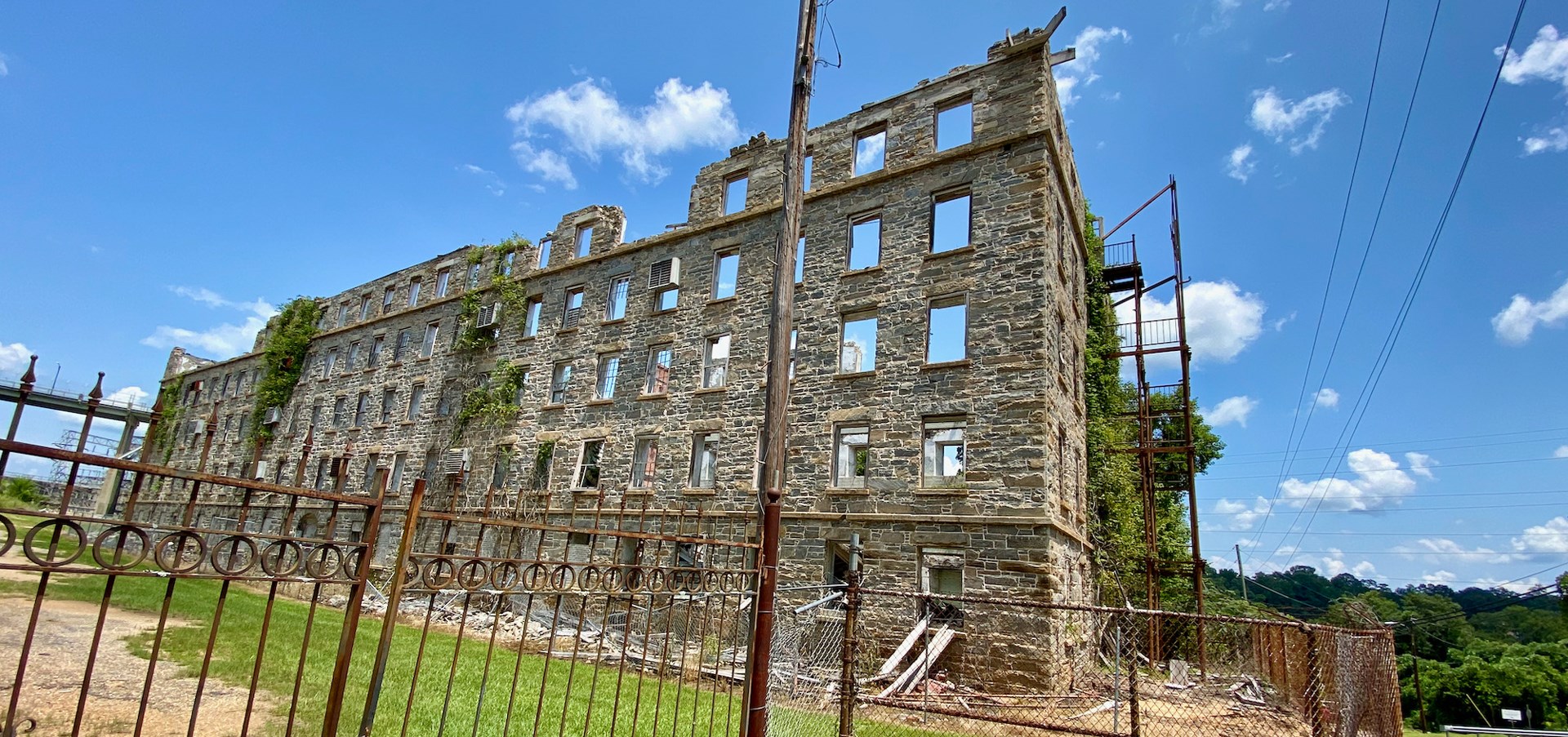 The Tallassee Armory building remains the only Confederate armory standing after the American Civil War. Image by John Stanton, courtesy of FortWiki.com.
The Tallassee Armory building remains the only Confederate armory standing after the American Civil War. Image by John Stanton, courtesy of FortWiki.com.
Another gunmaking business was that of Henry J. Davis and David W. Bozeman (D&B). Their manufactory was situated in Elmore County, a few miles to the west of Central, Ala. Hearing the drums of war, these cotton-gin purveyors retooled and contracted with the Alabama government to produce rifles based on the pattern of the 1841 Mississippi rifle—1,000 of them. In 13 months, during the period of Oct. 1, 1863 and Nov. 1, 1864, they delivered 882 Mississippi rifles. An addendum to the original contract allowed for the manufacture of a number of carbines. This latter type was produced using discarded parts taken from guns being refurbished and by using cut down D&B rifle barrels. In this manner, D&B delivered 89 carbines. For identification purposes, the breech is stamped ALA. 1864.
Eldridge S. Greenwood and William C. Gray were in the business of selling cotton before the Civil War broke out. But on Jan. 17, 1862, although they had no experience in gunmaking, the pair opened a rifle manufactory in Columbus, Ga. But there was a method to their madness. Greenwood and Gray hired J.P. Murray, a British émigré and an accomplished gunmaker, and put him in charge of the gun works. Although operations were based in Georgia, a number of rifles were contracted by the state of Alabama. It appears, according to records, that the company of Greenwood and Gray delivered 262 Mississippi rifles and 73 carbines between Oct. 1, 1863 and Nov. 1, 1864 to Alabama. On the majority of the guns, Murray's name is etched on the lock plates. Nathaniel D. Cross, an inspector working at Alabama’s Selma Arsenal, was sent to inspect rifles at Greenwood & Grays factory In Columbus, Ga. Surely these were the guns of which Alabama had contracted for. His unique "windmill" symbol is stamped on the underside
Surely, the names of individual Civil War-era Alabama gunsmiths have been lost to time. One little-known was George Balzer, an Alabama gunsmith. The 1860 U.S. Census lists him as a gunsmith, residing in Hayneville, Lowndes County, Ala. One example, per Damon Mills Fine Antique Arms, is a 41”, .44-cal. barrel, with double-keyed stock, German silver mountings, double set triggers, patent breech and a neat Alligator inlay in the cheek piece. It also sports a fairly unique ivory bead front sight. A unique gun such as this one suggests a well-designed tool, crafted for a member of Alabama’s planter class. The odds are that Balzer didn’t cease making guns when the Civil War burst upon the horizon. Possibly, he continued on in his occupation, making firearms, possibly for Confederate officers.
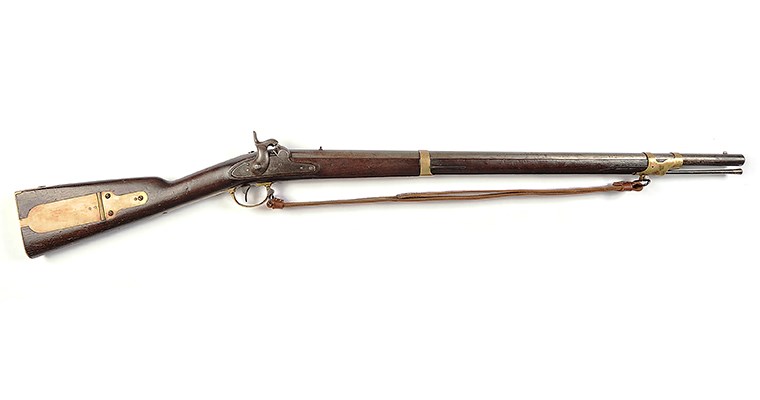 U.S. Model 1841 Mississippi pattern, having 33” barrels of .54 caliber and a 48" long stock.
U.S. Model 1841 Mississippi pattern, having 33” barrels of .54 caliber and a 48" long stock.
The core of firearm production reigned within the state of Alabama. Mount Vernon Arsenal, a former Federal institution located in Mobile County that produced small arms, was taken over by the Confederate government. With the capture of New Orleans by Union troops, and fearful that Union naval forces would breach Alabama’s coast, it was decided to remove Mount Vernon’s workings to Selma. The Selma Arsenal, and a number of gun manufactories producing arms for the state of Alabama, succeeded in establishing, if but for a short while, Alabama's first industrial revolution. Alabama’s Selma Arsenal supplied the Confederate soldiers of Alabama, Mississippi and West Tennessee. According to Ken R. Knopp’s article “The Selma Arsenal,” he states that “during its tenure, it manufactured, repaired and/or stored for distribution cast artillery field pieces, small arms, all types of ammunition … percussion caps, friction primers, gun powder … .”














